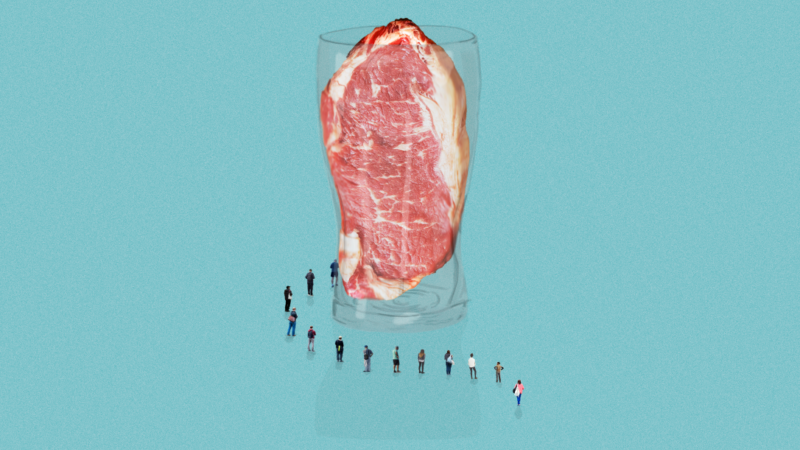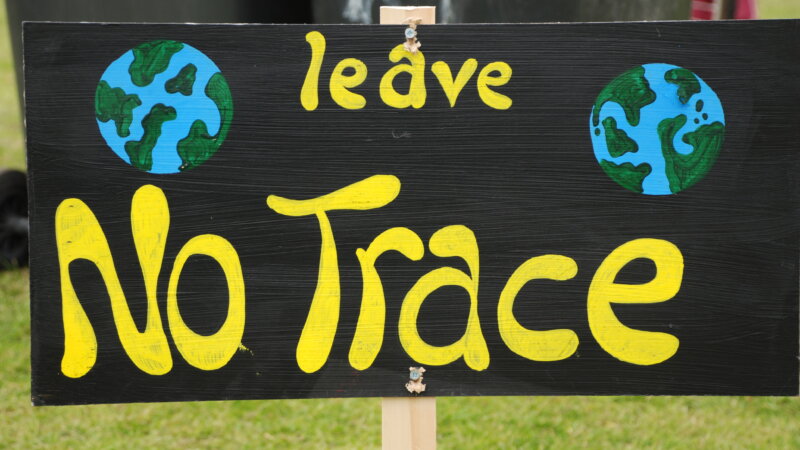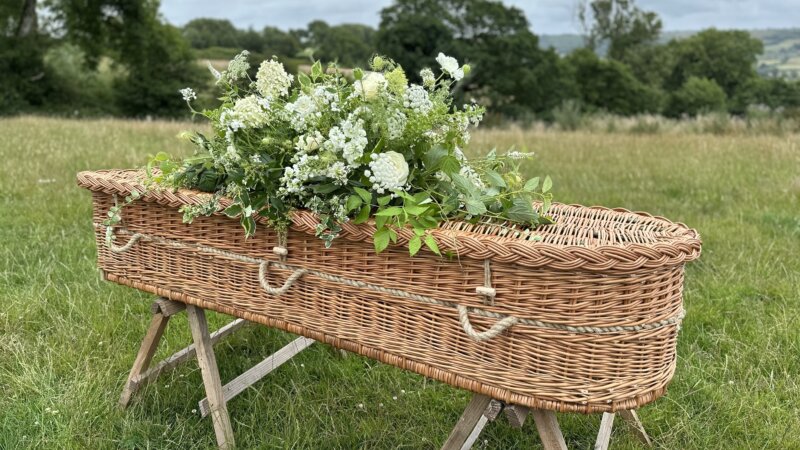Dave Kinsey: Knowing when to stop
When we first started this magazine, I wrote a 'dreamteam' list of ten artists that I wanted to feature. Dave Kinsey headed that list up. At the time, he was strictly a red/black/white propaganda merchant - things have progressed somewhat since then, and not just with the introduction of more paint to the equation. Whilst still being firmly one of the most distinctive styles to spawn from lowbrow and the like, his methods and final product have massively matured.
Lessons in negative space, what doesn't need to be drawn, and when to walk away from the canvas are contained in this issue. At the risk of repeating myself, the mark of a true artist is keeping a consistency across detail, placement and style regardless of scale and medium. Take note.
Basics, please - what started you drawing?
It was something that came naturally to me as a kid, but I think it was about the time I started going to private school in fourth grade when I was actually pushed to engage the art making practice. We did everything from painting to drawing to sculpture, which basically opened up an entirely new world of enjoyment for me and I never stopped.
[imagebrowser id=2]
Can you describe the process of starting a new piece?
I generally begin by just letting loose. Sometimes I have a vision of what I'd like to create, while other times I just throw down and let it all develop naturally. As the piece evolves, things start to come out of (or into) the work that add to the narrative.
Where do you get your inspiration?
Spending time in nature, listening to music, photographing wildlife and street spaces, going to museums and galleries, traveling, collecting images that I find intriguing and discovering new things; basically living with my eyes open.
Tools - what do you use regularly and what's your favourite?
Of course, I love my good brushes and like working with a variety of mediums like acrylic, ink, collage, wood and spray paint. Nice heavyweight canvas makes all the difference as well.
How do you spend your days?
After about four cups of coffee, I usually go for a walk with my dog before I head into the studio. I spend much of my day prepping and sketching and rolling the occasional boulder down the hill. Once the sunset is observed, I lock the world out and the paint begins to flow. The end of the day sees a nice flowing Boddington's.
Out of your recent work, which piece have you enjoyed making the most?
I'd say 'Beast of Burden', because its outcome was so unexpected. It was just one of those paintings that ended up surprising me. It came out of nowhere.
How has your art evolved over time?
That's hard to pinpoint, but lately I'm less focused on line to define my imagery, and more on shape and depth.
What are you currently working on?
I have a few projects taking shape in the New Year, but unfortunately I've signed some non-disclosures, so I can't tell you. Silly, right? I'm also painting for my next solo show that'll be hosted by Helmet Gallery in Munich in June 2011, and I'll also be working on new prints that I'll be releasing throughout the year.
Any tips on how to survive making money from your art? Do you find it important?
Unfortunately, there's no formula for surviving as an artist, aside from just giving it your all. I've personally benefited from also being a designer, which has helped take the pressure off having to sell my fine art to survive.
You really have to be focused and put in a lot of time, and if that means not making a comfortable living, well then I guess that balance is up to the person making the choice. Luckily though, in this day and age, it's easy to get your work out there for the world to see via the internet, which is an advantage artists have only had in the past decade or so.
What do you dislike in art?
I dislike mediocrity, false hype, style-biters, repetition and smarmy dealers.
What makes you smile in art?
Originality and the seeing truly great works by artists like Caravaggio, Francis Bacon, Lucian Freud, Ahmed Alsoudani, Lee Bontecou, Mark Grotjahn and Tim Hawkinson.
kinseyvisual.com )





